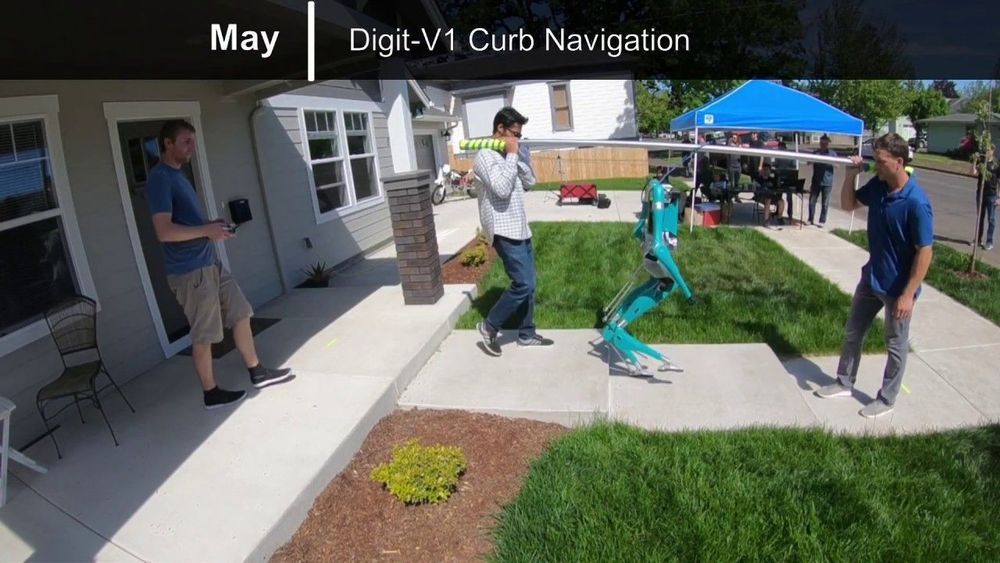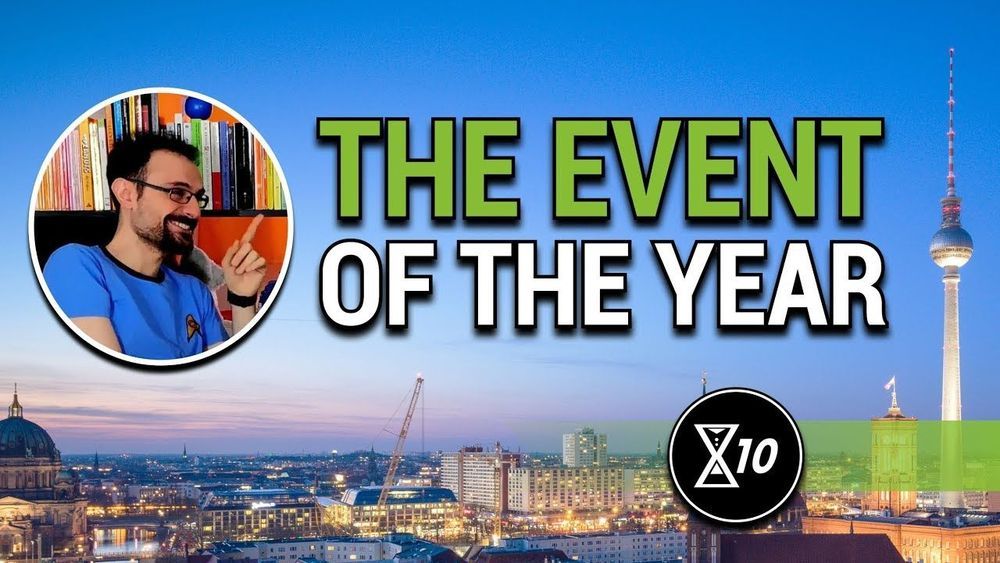Jan 3, 2020
Strategies for the Digital Age, Part 1
Posted by Alexandra Whittington in categories: big data, business, futurism

Life in the digital age is raising fundamental questions about the future of business and employment and hence the strategies, skills, and abilities we need to develop to survive in the next economy. This article explores two key changes that we need to start developing a core of capabilities for – namely the quest for exponential growth and the growing use of corporate venturing.
Why are these becoming important? Well, technology and the thinking it enables are driving new ideas and experiments on commercial strategies, the shape and structure of organisations, business models, and the relationship with extended ecosystems of partners. Both strategies are seen as options to drive growth and accelerate the realisation of market opportunities.
Exponential thinking is seen as a fast track approach to driving business innovation and growth. We are used to the idea of exponential growth in many fields of science and technology. For example, Moore’s Law in information technology tells us that the amount of computer power we can buy for £1,000 doubles every 18–24 months. This has inspired digital innovators to try and grow their business at the same pace or faster than the underlying technologies. The broader business world is taking notice. The stellar rates of development and growth we are witnessing for some exponential businesses in the digital domain are encouraging many organisations across literally every sector from banking to aviation to try and apply similar thinking to some or all of their activities.
Hence, it is now common to see businesses pursue a vision of doubling of revenues within three to four years and a achieving a 2-20X or more improvement in other aspects of the business. For purely digital entities, their business models are predicated on using network effects to drive exponential growth or better in user numbers and revenues. Some suggest that to embrace the exponential model, businesses must reject defined end goals and step-by-step plans in favour of such ambitious visions and develop a high tolerance of uncertainty. Typically, the exponential growth initiatives are driven through a combination of iterative task specific ‘sprints’ to define, test, refine, and deliver business changes that could result in massive performance improvements in specific areas of the business.

















